Punktuation! takes you on a quick trip through the history of Japan's explosive punk and hardcore scene. パンクは生きている!
When punk burst onto the scene in the 1970s, it ignited a fire within the hearts of Japanese youth. The raw energy and rebellious spirit of punk resonated deeply with them, and they embraced it wholeheartedly. What began as an American and British phenomenon quickly spread to the streets of Japan, sparking a unique punk and hardcore revolution that would forever alter the country’s music scene and leave an indelible mark on its society.
While rock music had already taken hold in Japan with the emergence of psychedelic rock and the “Group Sounds” movement in the 1960s, it was the arrival of punk from the West that genuinely revolutionised the Japanese music scene. Inspired by the abrasive sounds and DIY ethos of punk, Japanese musicians and fans quickly embraced the genre and made it their own.
In the dynamically developing landscape of Japanese punk, two main centres emerged, each with its distinct flavour and artistic expression.
Tokyo: A Hotbed of Punk Energy
Tokyo became one of the epicentres of the Japanese punk scene, with bands like Friction and The Stalin leading the charge. Friction, a Tokyo-based group formed in the late 1970s, drew inspiration from American bands like the New York Dolls and Ramones, infusing their music with raw energy and rebellious lyrics. The Stalin, hailing from Fukushima but gaining prominence in Tokyo, pushed the boundaries of punk performance with shocking stunts like vomiting and indecent exposure.
Osaka: The Epicentre of Weirdness
While Tokyo embraced a more conventional style of punk, Osaka took punk to a whole new level of experimentation and innovation. The Osaka punk scene became synonymous with noise rock, a genre that incorporated elements of industrial music, avant-garde, and performance art. Bands like Hijokaidan and Merzbow pushed the boundaries of music, creating a style that would later be known as “Japanoise.”
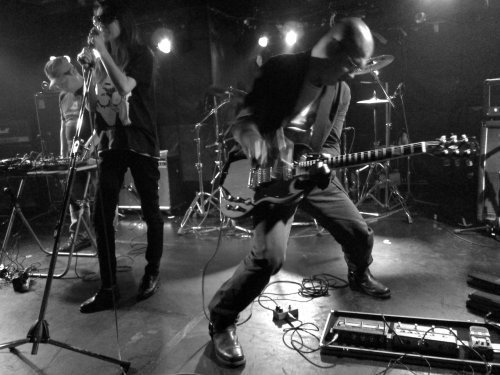
Hijokaidan, a group of guitarists and a vocalist, defied conventions by freely improvising at extreme volumes and engaging in lewd acts during their performances. On the other hand, Merzbow became known for their contributions to the harsh noise genre, creating droning electronic sounds devoid of rhythm and melody. Their fearless exploration of sound earned them international recognition and collaborations with artists worldwide.
One of the most influential figures in the Osaka scene was Yamantaka Eye. His band Hanatarash, an industrial noise project, using power tools and heavy machinery instead of traditional instruments. Their live shows were infamous for their danger and chaos, with Eye strapping circular saws to himself and even driving a bulldozer through venue walls. Eye went on to form Boredoms, a noise rock band that achieved international success and continues to push musical boundaries to this day.
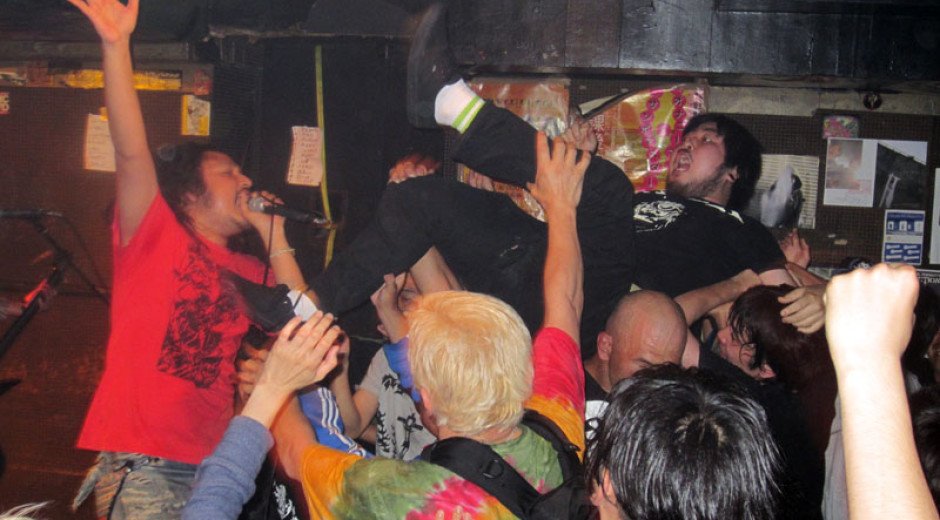
The Political Landscape of Japanese Punk
Punk rock has always been closely intertwined with politics and social activism, and the Japanese punk scene was no exception. The disaffected youth of Japan, including LGBTQ individuals, the unemployed, and student activists, were drawn to the genre’s liberal politics and anti-establishment lyrics. However, Japan’s conservative public and self-censoring record industry posed unique challenges for punk bands trying to voice their dissent.
In contrast to the United States, where controversial themes and political messages were embraced by record labels seeking to court controversy, Japan’s record industry was far more cautious. Criticism of the government and anti-capitalist sentiments were rarely recorded or broadcast due to heavy self-censorship. As a result, Japanese punk bands often found themselves navigating the DIY route, financing, recording, distributing, and touring independently.
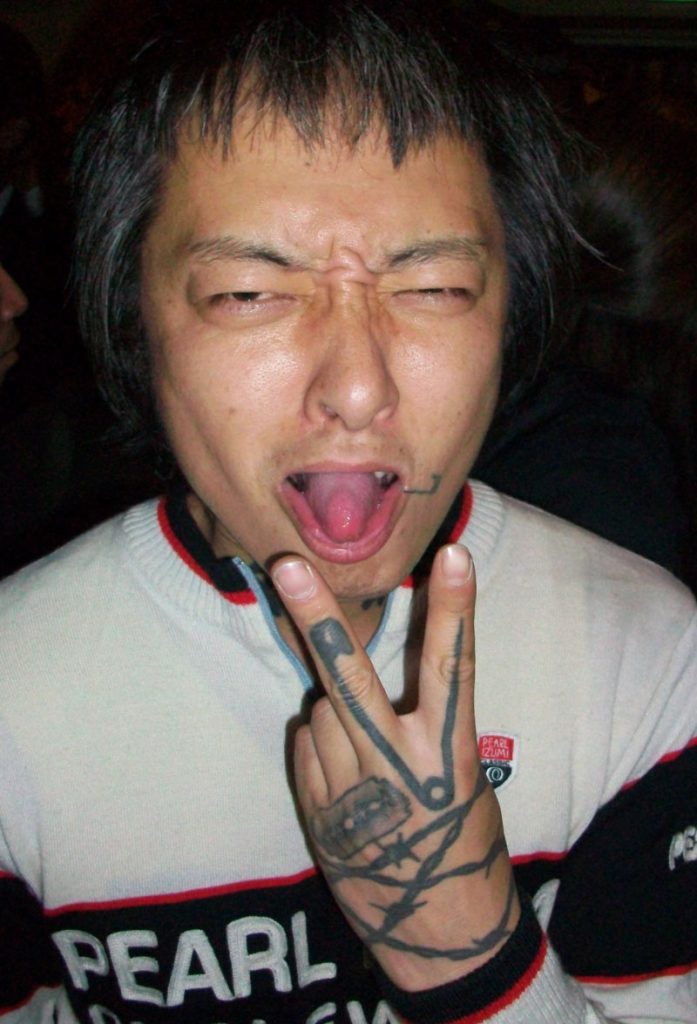
Photographer Chris Low, who lived in Japan for five years and documented the punk movement, told DIYConspiracy.net, “Punk in Tokyo is about a lot more than just the music. In terms of political activism, most of the punks I know are very active in combating and protesting against the rise of the Nationalist extreme right in Japan, who really increased their profile under Shinzo Abe’s government to the extent I’d see Imperialist rallies outside Shibuya station every Saturday.
“They’re also active in anti-nuclear protests, particularly in the wake of Fukushima, which punks have raised a lot of relief money for,r as well as campaigning against nuclear power and the military expansion. More recently, punks have been active in protesting against the Tokyo Olympics, which is an obscene waste of money, as they are everywhere.”
The punk movement in Japan became a platform for marginalised voices and a catalyst for social change. Punk’s anti-authoritarian ethos and willingness to challenge societal norms resonated with a generation seeking to challenge the status quo. Despite the obstacles they faced, Japanese punk bands persevered, creating a vibrant and politically charged subculture.
Influential Bands and the Evolution of Japanese Punk
The Japanese punk and hardcore scene birthed a multitude of bands, each making a distinctive impact and contributing to the genre’s revolutionary spirit. These influential acts played a crucial role in shaping the course of punk music in Japan and beyond.
The Blue Hearts: Punks with Mass Appeal
The Blue Hearts were a highly influential punk rock band from Japan that emerged in the 1980s. Formed in 1985 in Tokyo, the band consisted of vocalist and guitarist Hiroto Kōmoto (known as Hiroshi “Hiro” Nakamura), guitarist Masatoshi Mashima, bassist Junnosuke Kawaguchi, and drummer Tetsuya Kajiwara.
The Blue Hearts gained popularity for their high-energy performances, socially conscious lyrics, and a raw, melodic punk sound. They drew inspiration from the likes of The Clash and The Ramones, infusing their music with a distinctive Japanese flavour. Their songs often addressed social issues, youth culture, and the struggles of everyday life.
In 1987, The Blue Hearts released their self-titled debut album, which became a massive hit, catapulting them to nationwide fame. The album showcased their signature sound and included tracks like ‘Linda Linda’ and ‘Hito ni Yasashiku’ (‘Be Kind to People’), which became anthems for a generation. Their music resonated with the frustrations and aspirations of Japanese youth, contributing to the band’s widespread popularity.
GISM: Hardcore Punks Redefining Boundaries.
GISM (God In the Schizoid Mind), a hardcore punk band from Tokyo, played a crucial role in shaping the Japanese punk and hardcore scene. Not only did they pioneer the crossover thrash sub-genre, which blended elements of hardcore punk and heavy metal, but their music also made waves overseas, influencing both metal and punk scenes in America.
Their aggressive sound and politically charged lyrics challenged the status quo, making them a powerful voice of dissent in a society that often frowned upon such expressions. GISM’s influence can still be felt in the Japanese punk and metal scenes today.
Maximum the Hormone: Punk-Metal-J-Pop Fusion Pioneers.
Maximum the Hormone is a Japanese punk rock/metal band that was formed in Hachioji, Tokyo, in 1998. The band members consist of vocalist Daisuke Tsuda, guitarist and vocalist Ryo Kawakita, bassist Ue-chan, and drummer Nao Kawakita.
Maximum the Hormone gained significant recognition for their eclectic and energetic musical style, combining elements of punk, metal, alternative rock, J-Pop and hardcore.
They released their debut album, ‘A.S.A. Crew,’ in 2001, which showcased their energetic and genre-defying style. However, it was their subsequent albums, such as ‘Kusoban’ (2004) and ‘Buiikikaesu’ (2007), that propelled them to mainstream success in Japan. The latter, in particular, achieved significant commercial success and featured their chart-topping single ‘F.’
Stance Punks: Old-School Anthemic Vibes
Stance Punks is a Japanese punk rock band known for their energetic and catchy music. Formed in 1998 in Tokyo, the band consists of vocalist and guitarist Yoichi Takeuchi, bassist Tsutomu Nakayama, and drummer Kohey. They have gained a dedicated following both in Japan and internationally.
Stance Punks’ music is heavily influenced by classic punk rock bands like The Clash and Ramones. Their sound is characterised by fast-paced guitar riffs, driving basslines, and infectious melodies. In 2000, they released their debut album,’Stance Punks,’ which helped establish their presence in the Japanese punk rock scene. They continued to release albums and singles throughout the 2000s, showcasing their catchy and anthemic punk sound. Notable tracks include ‘No Boy, No Cry’ and ‘Mayonaka Shounen Totsugekidan.’
Stance Punks’ energetic live performances have become a trademark of the band, with their shows known for their high intensity.
Otoboke Beaver: Proof That Punk's Not Dead!
Otoboke Beaver formed in Kyoto in 2009, consists of vocalist Accorinrin, guitarist Yoyoyoshie, bassist Hiro-chan, and drummer Kahokiss. Otoboke Beaver’s music is characterised by their fast, frenetic, and high-energy style, blending elements of punk rock, garage rock, and noise rock.
Their songs often feature quick tempo changes, catchy melodies, and lyrics that touch on various themes, including social issues and gender norms. The band gained international recognition with their 2016 album ‘Okoshiyasu!! Otoboke Beaver’. They have performed at music festivals around the world, including SXSW and Primavera Sound, solidifying their reputation as an exciting and unique punk band.
Their music represents the new wave of Japanese punk, injecting fresh energy and a unique perspective into the genre.
The Enduring Legacy of Japanese Punk
Today, Japan’s punk and hardcore scene continues to thrive, with live houses and festivals serving as platforms for both established and emerging bands. The legacy of the past four decades lives on, with publications like Bollocks and online platforms like gekirock.com keeping the spirit of punk alive.
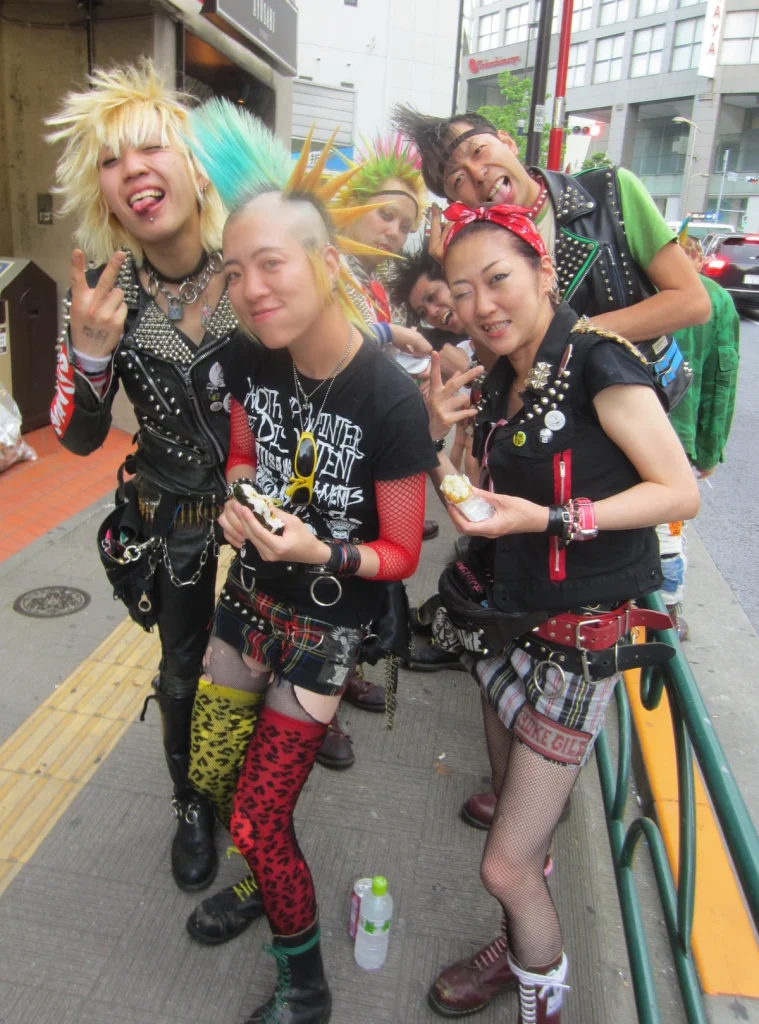
The Japanese punk and hardcore revolution left an indelible mark on the country’s music landscape, fashion, and subcultures. It provided an outlet for dissent, empowered marginalised voices, and challenged societal norms. The fusion of East and West in the punk scene created a unique and vibrant movement that continues to inspire and provoke to this day.
Capturing Japanese Punk Through The Lens
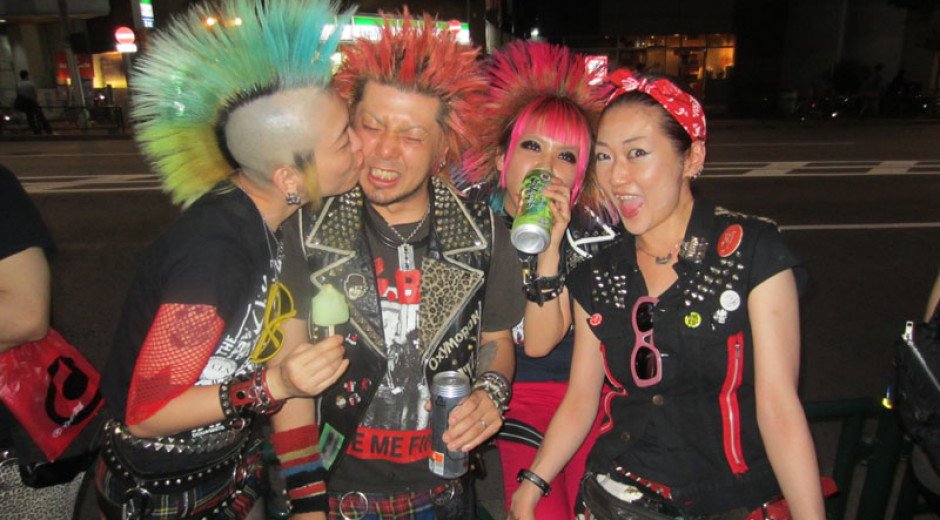
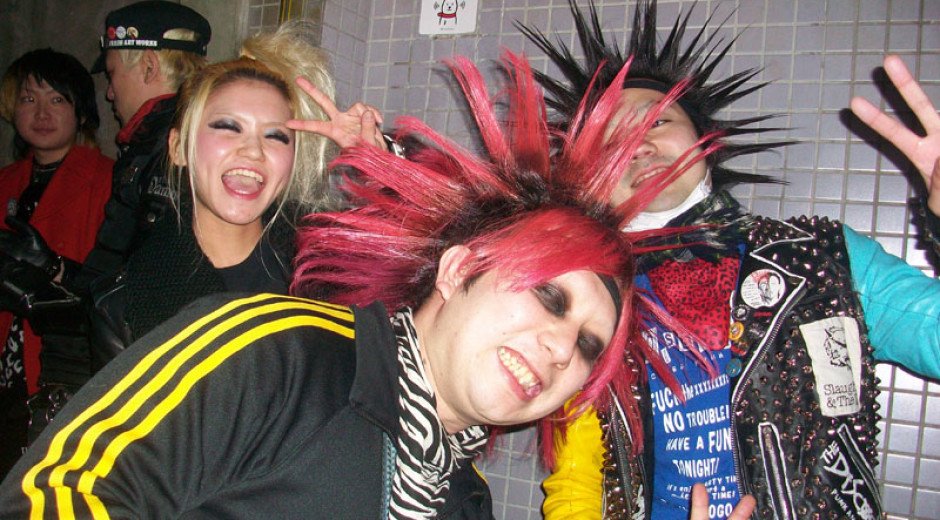
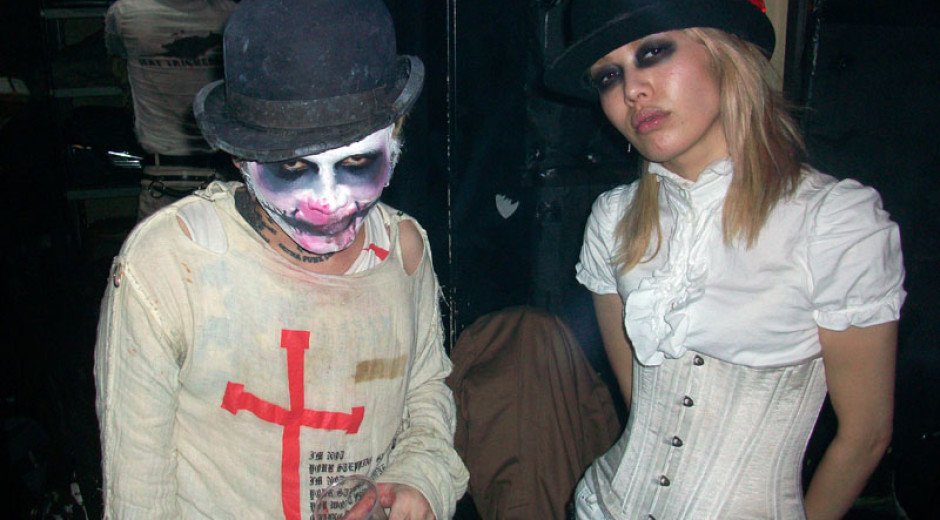
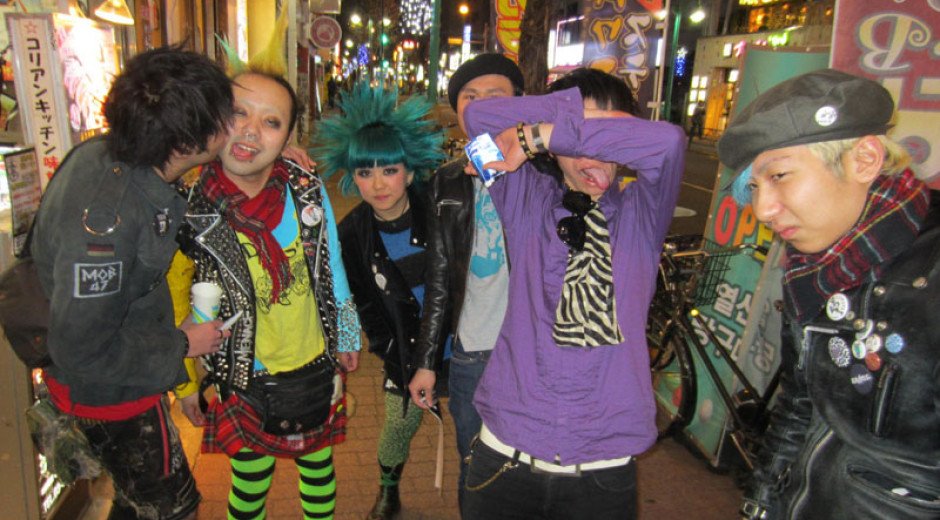
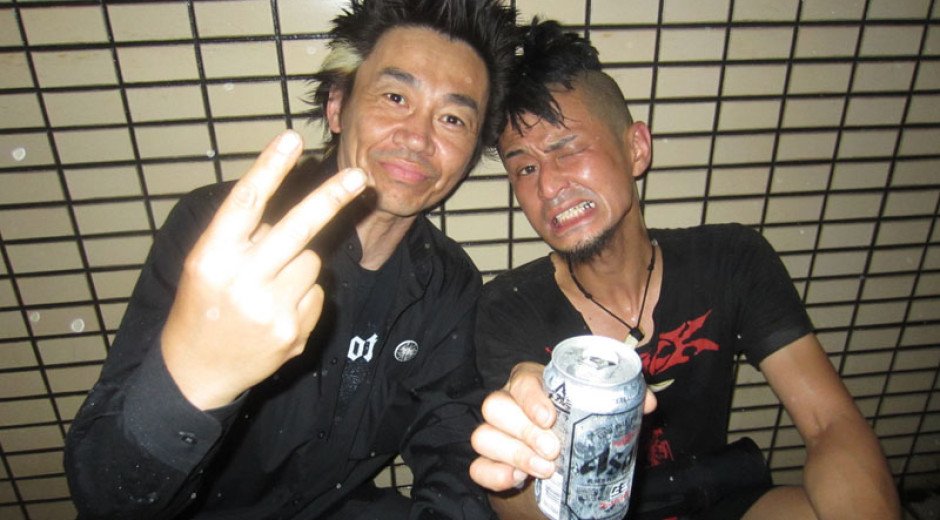

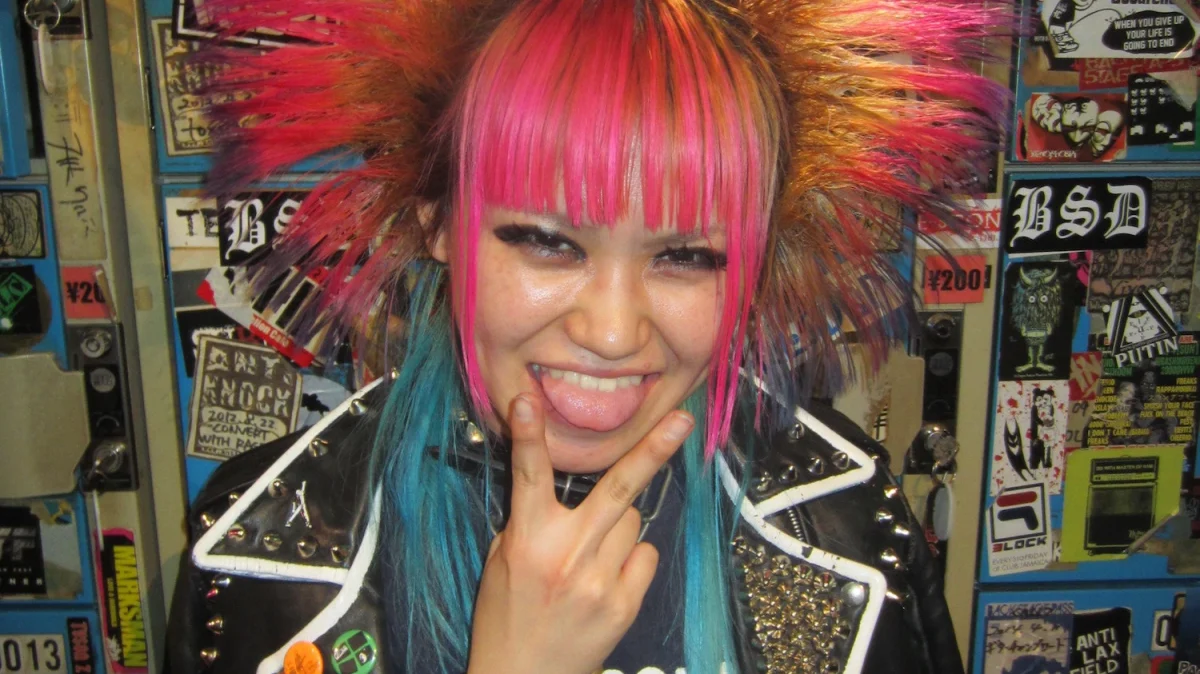
Photographer, drummer, graphic designer, and writer Chris Low has taken photographs documenting his life and experiences since the age of ten.In August 2016, an exhibition of his photography documenting five years of the Tokyo punk scene entitled “Up Yours! Tokyo Punk” was held at the Red Gallery in Shoreditch, London followed by further exhibitions in Japan, America, Mexico and throughout Europe. His work has been featured as a guest gallery on the site of renowned photographer and street-style anthropologist, Ted Polhemus and in I-D Magazine.
Need more Punk In Your Life?
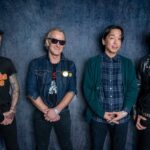
Album review: Los Pepes – ‘Out Of The Void’
Ahhh, sweet simplicity. The multi-national Los Pepes generally rely on two main ingredients: irresistible melodies and raw, fuzzed-up punk rock guitars. Sometimes they go harder
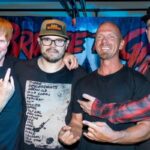
Album review: Bridge The Gap release ‘Gainsayer’
From Salt Lake City, Utah, Bridge The Gap arrived on the punk scene back in 2023, so you’d think they’re quite a newish band. In
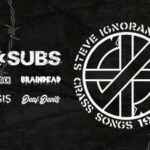
Steve Ignorant, U.K. Subs, Spanish, German and Belgian punk bands rock festival in Leuven
Saturday, 19 April saw the postponed 2024 Breaking Barriers festival in Leuven, Belgium. Two English punk icons ever since the 1970s, Steve Ignorant and UK
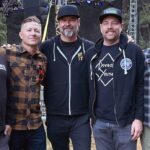
Album review: Another Damn Disappointment – ‘Bedlam’
The 90s Epitaph/Fat Wreck skate punk sound has made quite the comeback, and you can add Californian quintet Another Damn Disappointment to the list of
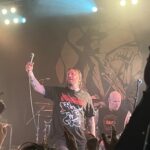
Comeback Kid, London Tufnell Park Dome, 20th April 2025
It’s strange to think that Comeback Kid started out as a mere side project, only to become its members’ main concern after their second record

Six of the Best – 20th April 2025
New Single, EP and Album releases from Tape It Shut – ‘Employee Of The Hour, The Molotovs – ‘More More More’, Gallus – ‘ Cool
I’m a London born and bred music journalist, a mediocre bass player and the occasional strummer of the guitar. In the ’80s I worked in recording studios and made a few records you’d probably recognise. I have written a couple of books and made the odd media appearance as a music commentator. I now call Brisbane home.

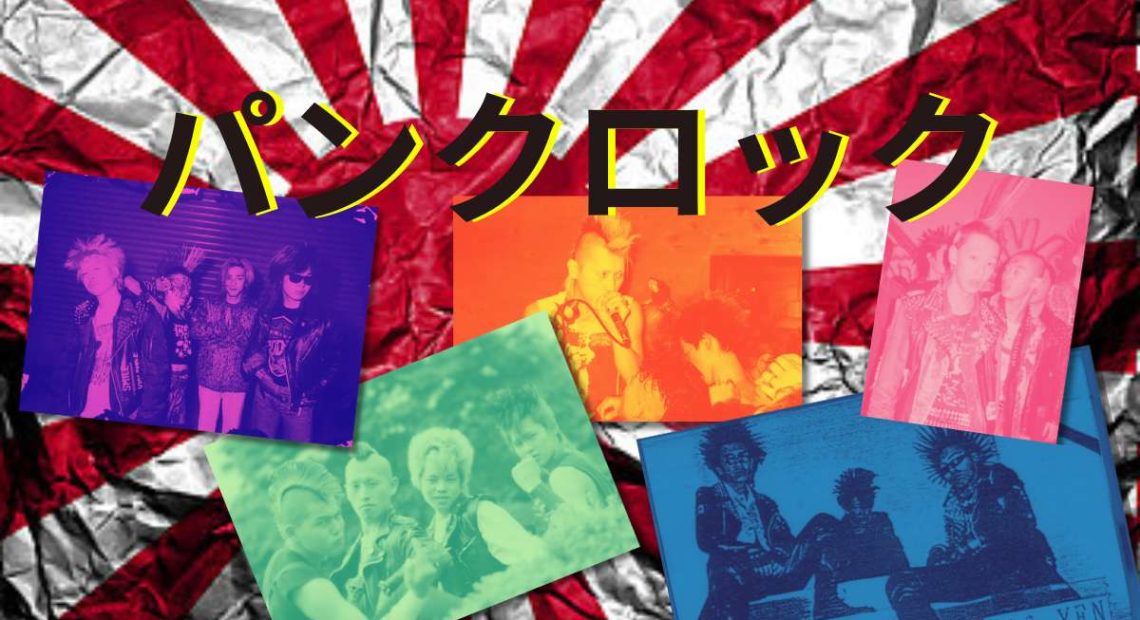


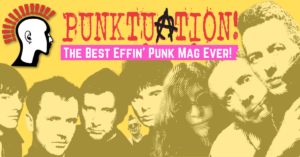 Did you know that we are 100% DIY? We run our own game. No one dictates to us, and no one drives what we can or cannot put on our pages – and this is how we plan to continue!
Did you know that we are 100% DIY? We run our own game. No one dictates to us, and no one drives what we can or cannot put on our pages – and this is how we plan to continue!